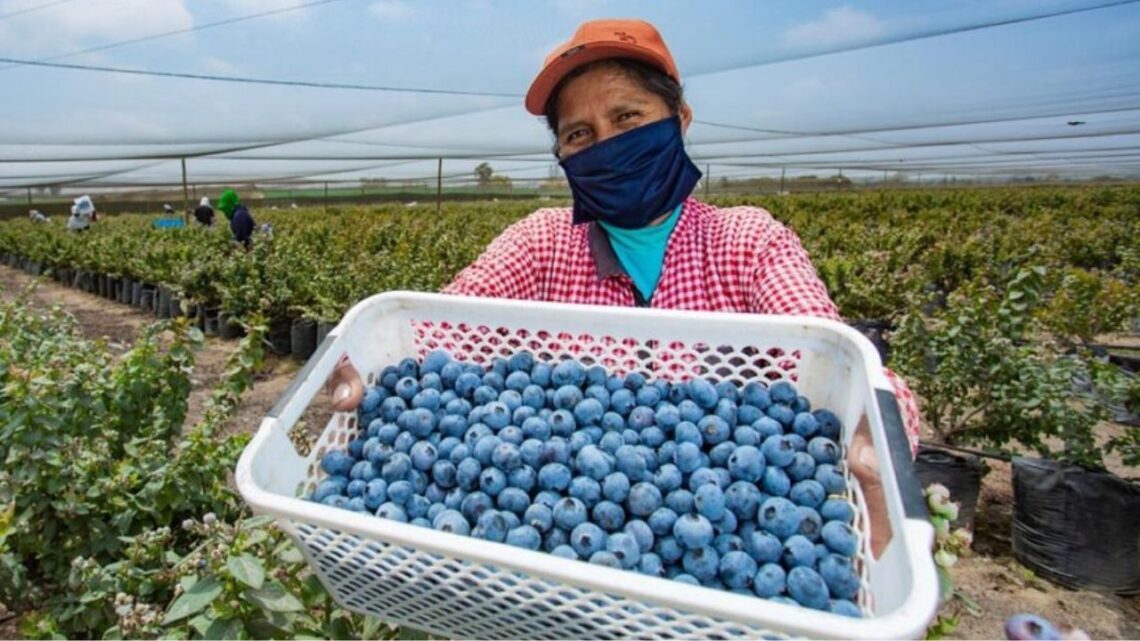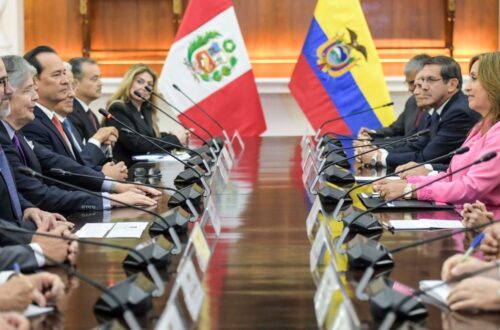On September 11, 2025, Peru approved its new Agrarian Promotion Law, a reform designed to transform the agricultural landscape of the country. Unlike previous laws, this new framework broadens its scope to include the entire agrarian sector—from traditional farming and livestock to agro-industry and agro-export.
The goal is ambitious: double agricultural exports, restore investor confidence, and bring small producers into modern supply chains.
Gabriel Amaro, President of the Association of Agrarian Producer Guilds of Peru (AGAP), has called this law “more powerful than the previous one,” noting that it will remain valid for ten years and aims to create a more sustainable, inclusive, and competitive agricultural economy.
Core Objectives of the Agrarian Promotion Law
The new law focuses on three pillars:
- Restoring investment – Building confidence in national and international investors by providing stable rules and long-term planning.
- Competitiveness and sustainability – Encouraging innovation, research, and modern farming practices to increase productivity.
- Integration of small growers – Ensuring family farmers and cooperatives are included in supply chains and benefit from export opportunities.
These focal points reflect Peru’s broader strategy to reduce informality in agriculture, a problem affecting more than 90% of the workforce, while providing legal security for landowners.
A Broader Production Range
Unlike previous frameworks, the law does not alter existing labor rights or worker protections. Instead, it introduces structural incentives to formalize practices, raise productivity, and encourage technical education.
However, experts caution that while the law mentions training, research, and innovation, it does not yet fully develop these areas. Future regulations—such as an updated cooperative law and agrarian family income law—will be necessary to fully realize its potential.
Key Challenges Facing the New Law
1. Informality in Agriculture
One of the greatest obstacles is informality. With most agricultural labor still outside the formal economy, tax collection, social security, and fair wage protections remain limited.
The new law proposes institutional reorganization within the Ministry of Agrarian Development and Irrigation and across regional bodies to address this.
2. Land Ownership Security
Another critical issue is the formalization of land possession. Many small farmers operate without proper titles, making it hard to secure financing or invest in long-term improvements.
The law includes articles that guarantee the legal security of agrarian property, a long-standing demand from growers.
3. Access to Global Markets
While Peru is already a global leader in blueberries, grapes, and avocados, small farmers often remain excluded from exports due to lack of infrastructure and market connections.
The new law seeks to accelerate their integration into export chains, boosting both local income and national revenues.
Benefits for Small Producers
Contrary to the belief that such laws favor only large corporations, Peru’s agrarian promotion law explicitly includes small and medium producers.
By formalizing land rights, improving education, and promoting cooperative structures, the law empowers farmers to access financing, technology, and stable contracts with exporters.
This inclusion could reduce rural poverty, create new jobs, and encourage young people to remain in agriculture instead of migrating to urban areas.
Key Features of Peru’s Agrarian Promotion Law
| Aspect | Details |
|---|---|
| Date of Approval | September 11, 2025 |
| Validity | 10 years (covers all agrarian sectors) |
| Main Goals | Double exports, restore investment, empower small growers |
| Labor Impact | No change to rights; incentives for formalization |
| Key Benefits | Land ownership security, competitiveness, sustainability, small grower inclusion |
| Challenges | High informality, limited research funding, need for updated cooperative laws |
The Agrarian Promotion Law of 2025 marks a turning point for Peru. By combining legal reforms, incentives, and inclusivity, the law has the potential to double agricultural exports and secure the future of small-scale growers.
Still, its success will depend on effective regulation, enforcement, and the state’s ability to reduce informality.
If implemented fully, this law could transform Peru into one of the world’s most competitive agrarian powerhouses, balancing growth with social inclusion and sustainability.







